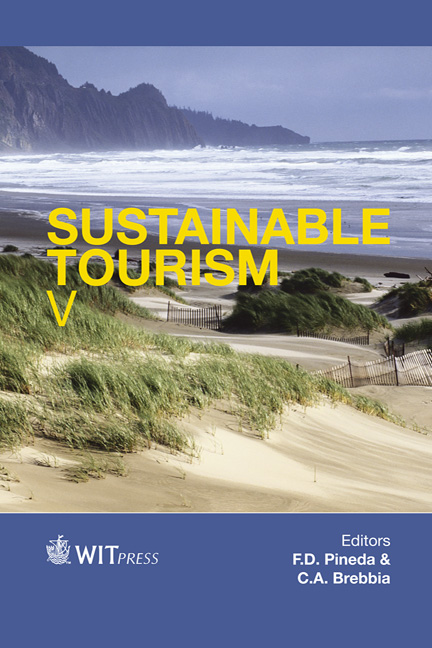The Role Of Intangible Assets In The Conservation Of Bam And Its Cultural Landscape As A World Heritage Site
Price
Free (open access)
Transaction
Volume
161
Pages
10
Page Range
393 - 402
Published
2012
Size
1,338 kb
Paper DOI
10.2495/ST120321
Copyright
WIT Press
Author(s)
G. Amirjamshidi, E. Fodde, D. D’Ayala & E. Mokhtari
Abstract
Buildings must pass the test of authenticity and integrity to be considered as World Heritage sites. The combination of these attributes can be referred to as the genuineness of the site. Bam suffered from a devastating earthquake in December 2003, but even after the disaster, the area was acknowledged to have a high degree of authenticity and integrity and was successfully put forward for consideration as a World Heritage site. Apart from the uniqueness of Bam’s Citadel as the world’s greatest mud brick structure and of a number of buildings in the immediate vicinity of the Citadel, the rationale for its inscription was also influenced by its intangible aspects and cultural landscape. Examples of intangible heritage in Bam include the legend of Haftvad and the Kot-e Kerm and its relation to the Silk Road as well as the beliefs of people of Bam in the rituals linked to the well of the Master of Time (Imam Zaman), and the ritual of Ashura. Until recently, the integrity of a World Heritage site was mostly assessed by studying its tangible heritage. However, in 1982, UNESCO introduced a new mandate for consideration of intangible heritage to emphasise its significance and to strive for protection of traditional culture and folklore. Several regional assessments have since been made on the impacts and recommendations on the protection of traditions, culture and folklore. When protecting a tangible heritage site, the practice is mainly based on pragmatic conservation and restoration.
Keywords





